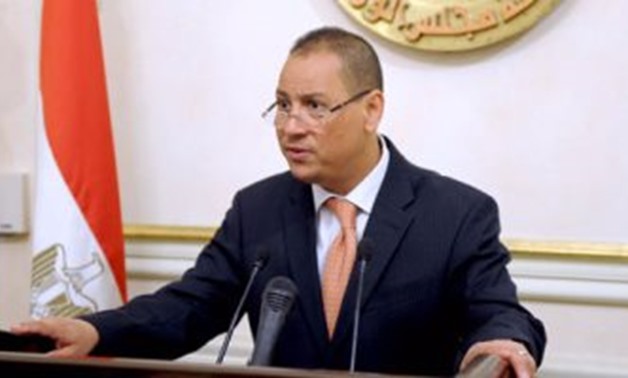
Chairperson of Egyptian Financial Supervisory Authority (EFSA) Mohamed Emran – File Photo
CAIRO – 30 October 2017: The value of microfinance in Egypt this year reached $6 billion, directed to two million citizens through 880 NGOs and three licensed companies, chairperson of the Egyptian Financial Supervisory Authority (EFSA) Mohamed Emran told press on Monday.
Emran added that three companies have applied to obtain a license to operate in the microfinance sector. He clarified that 70 percent of microfinance beneficiaries are women, amounting to 1.4 million, compared to 600,000 men. Most of these are from Upper Egypt.
“The non-banking financial companies (NBFCs) play a pivotal role in reaching the marginalized social sectors. Thus, supporting NBFCs contributes to decreasing poverty and the gap between the rich and the poor,” Emran said.
Microfinance activities continued their growth over the first half (H1) of 2017, recording LE 5.5 billion ($309 million), a 23 percent increase compared to LE 4.48 billion in H2 2016.
The number of beneficiaries from microfinance initiatives in that period increased 10 percent, registering LE 1.8 million, the EFSA chairperson said in a statement on August 6.
The report showed that females represented 52.4 percent of microfinance beneficiaries, while their financing balances reached 70.3 percent of the total market.
Microfinance is characterized by the existence of crowdfunding and individual lending. The total number of beneficiaries of crowdfunding represented 73 percent of total financing balances, compared to 27 percent for individual lending.
In August, EFSA disclosed the first digital map for microfinance that shows the licensed bodies that practice microfinance.
The map includes licensed companies, communities and civil organizations, along with their activities in different governorates. It also lists the branches of the macro-financial bodies, their addresses, the number of clients and the value of finance in each governorate.
Comments
Leave a Comment